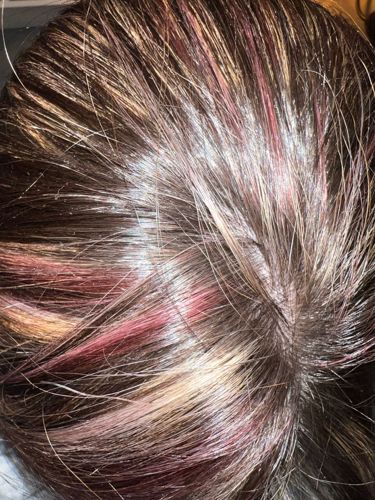Human Head Louse (nit/egg stage)
Scientific Name: Pediculus humanus capitis
Order & Family: Phthiraptera (Order) / Pediculidae (Family)
Size: (Nits/Eggs) 0.5-1.0 mm long (adult lice are 2-3 mm long)

Natural Habitat
Human hair, typically close to the scalp, especially around the ears and nape of the neck.
Diet & Feeding
Head lice nits do not feed. The nymphs and adult lice feed exclusively on human blood several times a day.
Behavior Patterns
Nits are the eggs of head lice and are cemented firmly to individual hair shafts, usually within 6 mm of the scalp. They are oval-shaped and typically white or yellowish in color. They hatch into nymphs after about 7-10 days, which then develop into adult lice within another 7-10 days. Adult lice are wingless and cannot jump or fly; they move by crawling.
Risks & Benefits
Head lice infestation (pediculosis) is primarily a nuisance, causing itching and scalp irritation due to allergic reactions to their saliva. In severe cases, excessive scratching can lead to skin breakdown and secondary bacterial infections. They are not known to transmit diseases. There are no known benefits.
Identified on: 11/3/2025